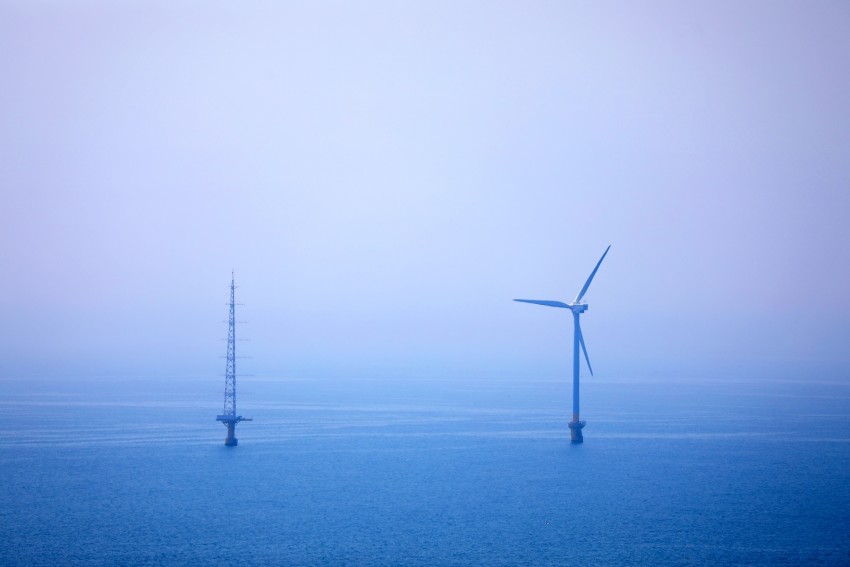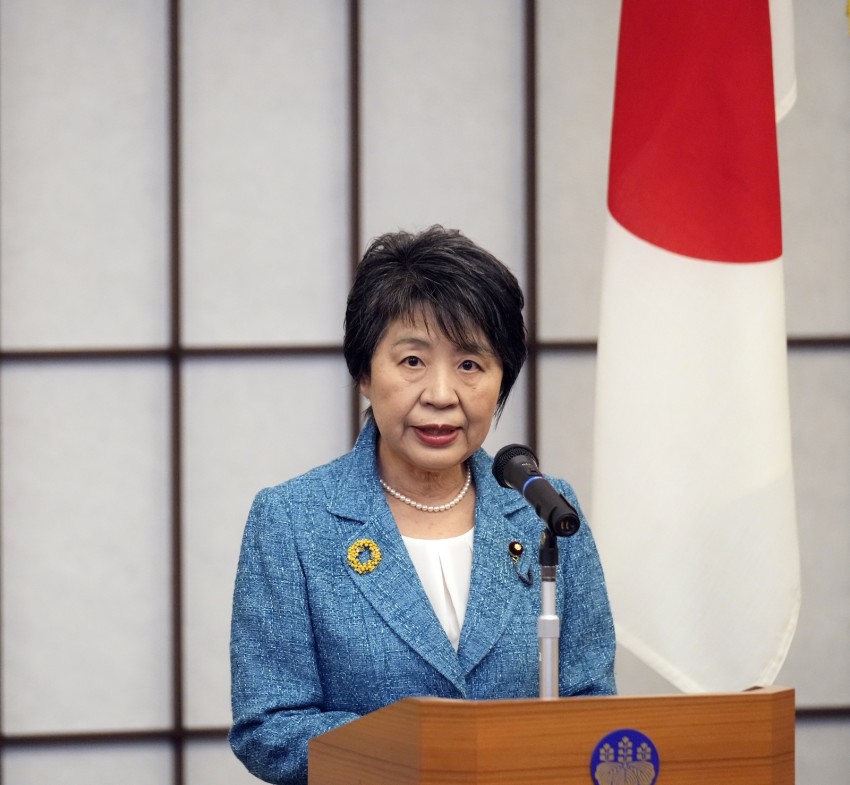A quest to harness wind for offshore power generation in Japan

Offshore wind power generation, which involves building giant wind turbines in the ocean, could play a key role in helping Japan attain carbon neutrality.
But despite its appeal for an archipelago nation, making the technology profitable for energy companies depends to a large degree on one essential factor -- knowledge of the wind itself.
"The only source of income is the wind," said Teruo Ohsawa, a professor at the Kobe University Graduate School of Maritime Sciences who works on predicting the complexities of ocean winds. "If the wind doesn't blow, there's nothing we can do."
Ohsawa produces highly accurate maps displaying wind velocities and other information that he makes available on the internet to find suitable sites for installing wind turbines.
The standard for profitability is an annual average wind speed of at least 7 meters per second. If the wind speed weakens by 10 percent, the energy from which electricity is generated is reduced by nearly 30 percent.
Given the difficulties of taking actual measurements so far out to sea, simulations are crucial.
Ohsawa studied torrential rains and typhoons as a student and joined the faculty of Gifu University in 2000. His supervisor at the laboratory introduced him to wind power generation.
While studying abroad in Europe, he drove to the coast on his day off and was overwhelmed by the sight of wind turbines standing in close proximity. He became convinced of the potential of wind power generation in Japan.
Although there was little interest in Japan at the time, the 2011 Fukushima Daiichi nuclear power plant accident caused by the massive earthquake-tsunami disaster, increased the country's appetite for renewable energy sources.
In 2015, the Ministry of Economy, Trade and Industry launched a nationwide project to predict ocean winds and map them along with information on water depth and fishing rights, with Ohsawa playing a key role in determining predictive models.
Information on winds a few dozen meters above sea level, where turbine blades are located, is essential for mapping. While estimation models exist for foreign countries, they are not directly translatable to Japan. This is because the complexity of winds in areas close to land intensifies due to the presence of mountains.
Based on what he learned in Europe, Ohsawa looked for ways to minimize the margin of error between calculated and actual values through trial and error to optimize essential data for his simulations.
Ultimately, the data on temperature, pressure, humidity and wind from the Japan Meteorological Agency were combined with sea surface temperature data developed by Kobe University, and calculated using a supercomputer over a six-month period.
An offshore wind conditions map called "NeoWins" was completed in 2017 and made available on the internet. The map shows the ocean around Japan in various colors such as yellow, red and peach to indicate levels of wind velocity.
Coastal areas are forecast to a degree of 500 meters in length and width. High accuracy was achieved with an error of just 5 percent in the annual average wind speed compared to actual measurements.
In recent years, wind turbines have become larger and reach up to 250 meters in height. That makes it questionable whether the huge facilities are a savvy investment or can even be repaired, Ohsawa said.
However, rapid global warming will cause floods, droughts, and food shortages, says Ohsawa, and "if we don't expand renewable energy, the earth may perish."
Backed by the government, development of offshore wind power is progressing.
"We want to make wind data freely available to everyone," said Ohsawa. Although wind turbines are becoming more of a reality in Japan, there is also no end to issues such as reducing their uncertainty and the development of remote observation technology.
"I'll continue to think about what I can do from my launching point in meteorology," he said.













